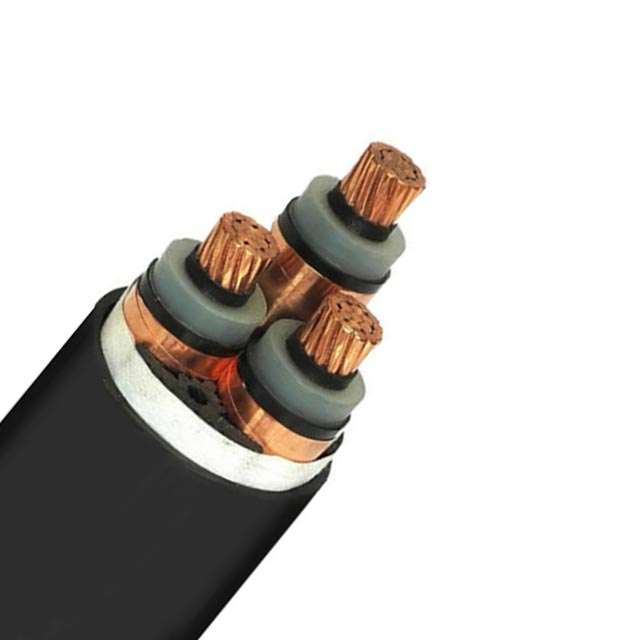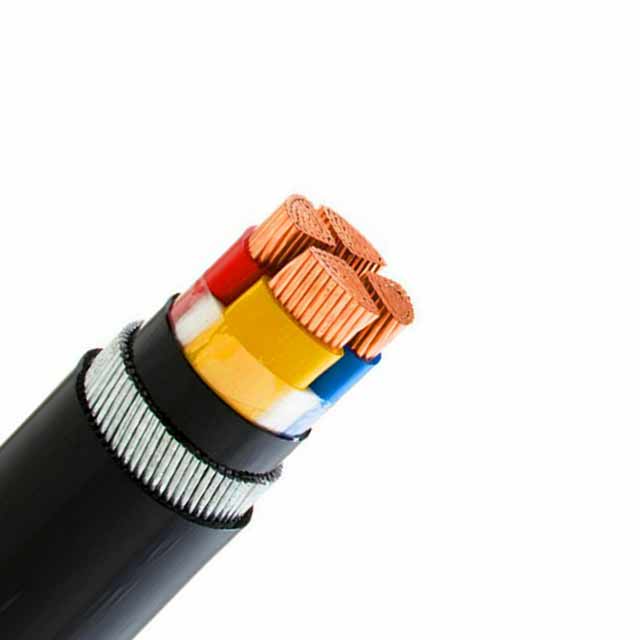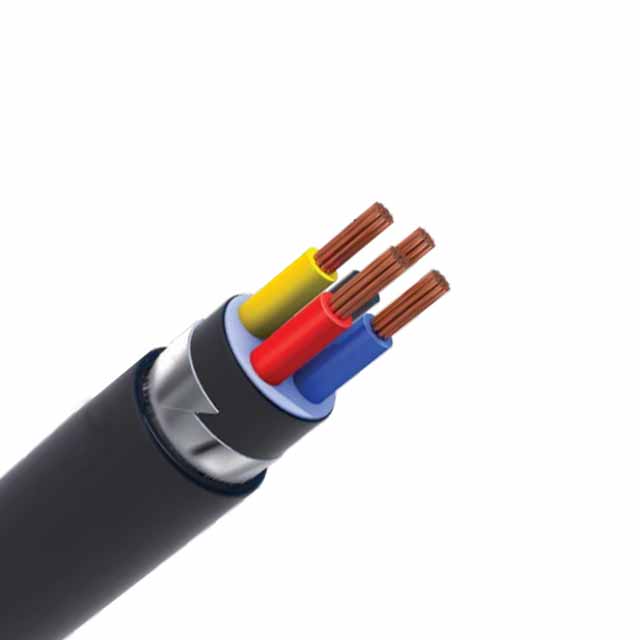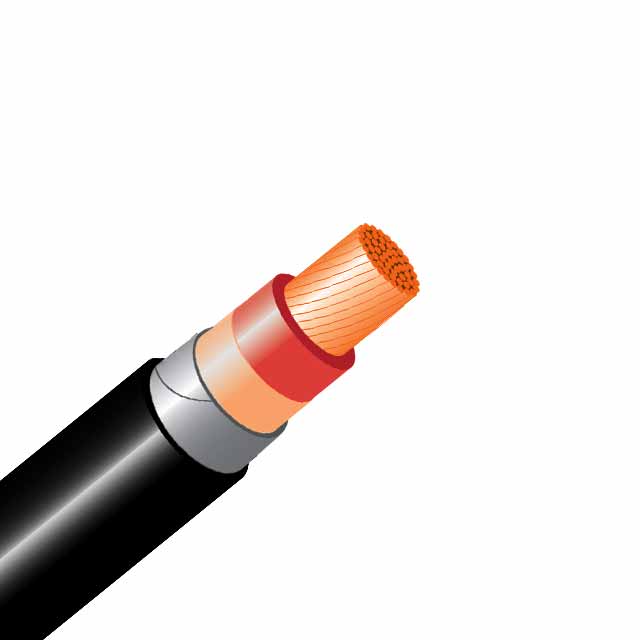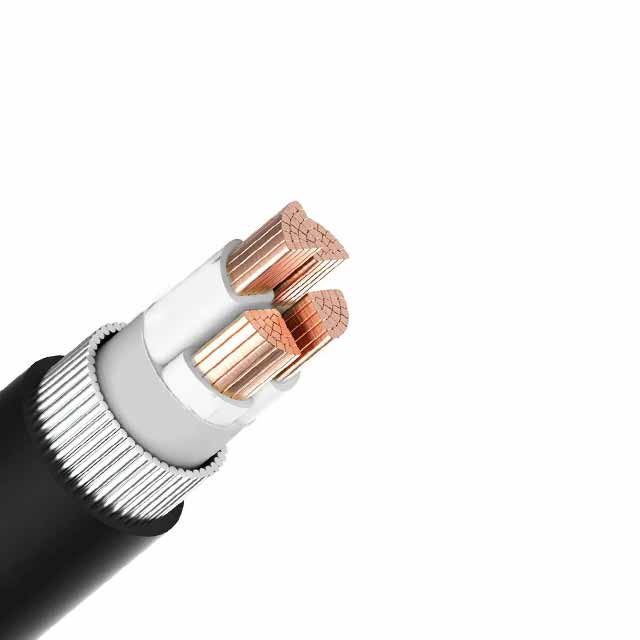CABLE BLOG
What is Covered Line Wire?
If you’re wondering, “What is covered line wire?” then you’ve come to the right place. Covered line wire is a type of electrical conductor that is used in secondary distribution lines. It is not electrically insulated and must be treated as a bare conductor when installed. Covered line wire is also known by different code words. Some examples of covered line wire include conventional polyethylene line wire, aluminum 1350-H19 conductors, 6201-T81 concentrically stranded conductors, and ACSR stranded aluminum conductors. Polyethylene, meanwhile, refers to a high-density, cross-linked polyethylene. Protects secondary distribution lines Covered line wire provides the same protection against damage
What is Control Cable?
What is Control Cable? is an electrical cable suitable for installation in cable trays, raceways, and outdoor locations. Its main purpose is to convey electrical signals to associated devices. Its components include main feeders, distribution circuits, branch circuits, and control cables. It is used in commercial and industrial applications. Read on to find out more! We will also look at the uses of CY and SY cables. Hopefully you will have an easier time understanding them now! CY cables There are CY and SY cables. These cables are primarily used for signal and data transmission in computer and machine tool
What is Concentric Cable?
If you’re looking for information on a particular electrical cable, you’ve probably come across Concentric Cable. However, if you’re not familiar with this type of cable, read on for an introduction to its characteristics and composition. There are several different uses for this kind of cable, and knowing what they are can help you understand their use. The purpose of a concentric cable is to keep power moving, preventing blackouts. It can also be used as an electric service entrance or a feeder cable. The National Electrical Code (NEC) specifies the maximum service voltage of this cable, which is 600
What is Cable Fittings?
Wire rope and control cable fittings are used in many different applications. Some of these applications include the automobile, construction, and power sectors. When choosing a cable fitting, look for one that adheres to the standards of the Telecommunications Industry Association, American Iron and Steel Institute, or Electronic Industries Association. Wire rope cable fittings should be protected from damage and should withstand the force and temperature that they will withstand. Wire rope We supply a wide range of wire rope fittings and end terminations to suit a variety of applications. All of our fittings are supplied by approved manufacturers worldwide
What is Cable Accessory?
What is Cable Accessory? The cables and their accessories are the life blood of your network. From connecting conductors to cable screens to protecting them from moisture, these accessories are essential to your network. You may have many different kinds of cables. But no matter what kind of cable or connector you’re using, you’ll need a cable accessory for that. So let’s take a look at what these accessories are and how they’re used. Cable accessories serve as the lifeblood of your network High quality Cable Accessories will ensure reliability, help you reduce power interruptions, and improve the working environment.
What is Bare Conductor?
A bare conductor is a cable without an insulation layer. It is suitable for overhead transmission and distribution applications, and does not require any special insulation. Bare conductors are easy to bend and are suitable for most power applications. This article will provide an overview of bare conductors and some of their benefits. This article will also discuss the different types of bare conductors, including round single wires, bare stranded wires, and profiled wires. Non-metallic covering on a cable The new definition for “Jacket” recognises a non-metallic covering on ‘cables’, which is the outer covering of cables like single conductor

